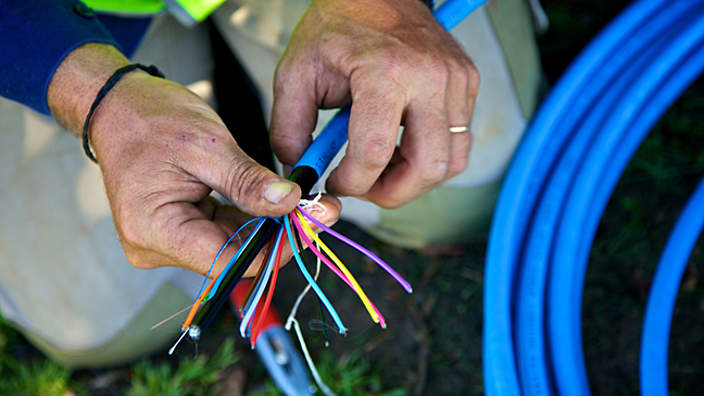Published on the 03/06/2010 | Written by Newsdesk

Metro users are balking at iiNet’s $129.95 monthly price tag, but remote and rural users point out you can pay that now for 9Mbps. And, with a 100Mbps service, you can ditch the phone…
With iiNet publicly signing up the first customers for the NBN, in Tasmania, debate is raging on ‘reasonable’ pricing for high-speed broadband services. iStart has done a quick whip round of the sentiments online.
APC magazine believes iiNet’s price, of $129.95 a month, is way too expensive for the 100Mbps service – that’s the download speed by the way; the upload speed is just 8Mbps.
First up, is criticism of the fact that the service – which includes 120GB of data – is split into half peak and half off-peak quotas. One commentator asked: “Why? I can understand the reasoning on the current copper network (so they don’t suffer congestion issues at peak times) but do they honestly think the NBN will suffer congestion issues?”
The $129.95 price represents a virtual doubling of current broadband service prices to get better speeds and reduced latency. However, non-metro users in regional Australia can’t wait for the service to be offered. They say they’re getting so little right now that such a service would be a vast improvement.
One said, quite simply: “Yes, I would pay the $129.95 per month. I pay that now for 9Mbps through Internode.”
And, a Gold Coast user commented: “I would love to pay $129 pm for 100Mbps on the NBN. I live at Mt Nathan on the Gold Coast, and can only get 3G and no ADSL, and have to pay $129 pm for 10Gb, and it commonly runs at 500 Kbps”
The hope is pricing will come down in time. The price compares with what Optus Cable first charged for its broadband services back in 2000 – and comparable plans at this price now include phone line and unlimited fixed and mobile calling. And, as another commentator pointed out, “This is leading edge FTH (Fibre-to-the-Home)… wait till we get widespread FTH… then the $/Gb will come down.”
Another asked if “our powers-that-be” understood that you make more money from lots of people paying a little than from a few paying a lot. The answer to that of course is that it is easy to reduce prices, but very hard to increase them.
But the last word must go to the more remote users. The consensus seems to be that, unlike ADSL2+, fibre guarantees high speeds and this could open up a “whole new world for small- and medium-sized businesses”, bringing them fast, stable bandwidth. And, when you factor in the fact that you can ditch the phone – because VoIP calls will be reliable – the price starts to look more reasonable.



























